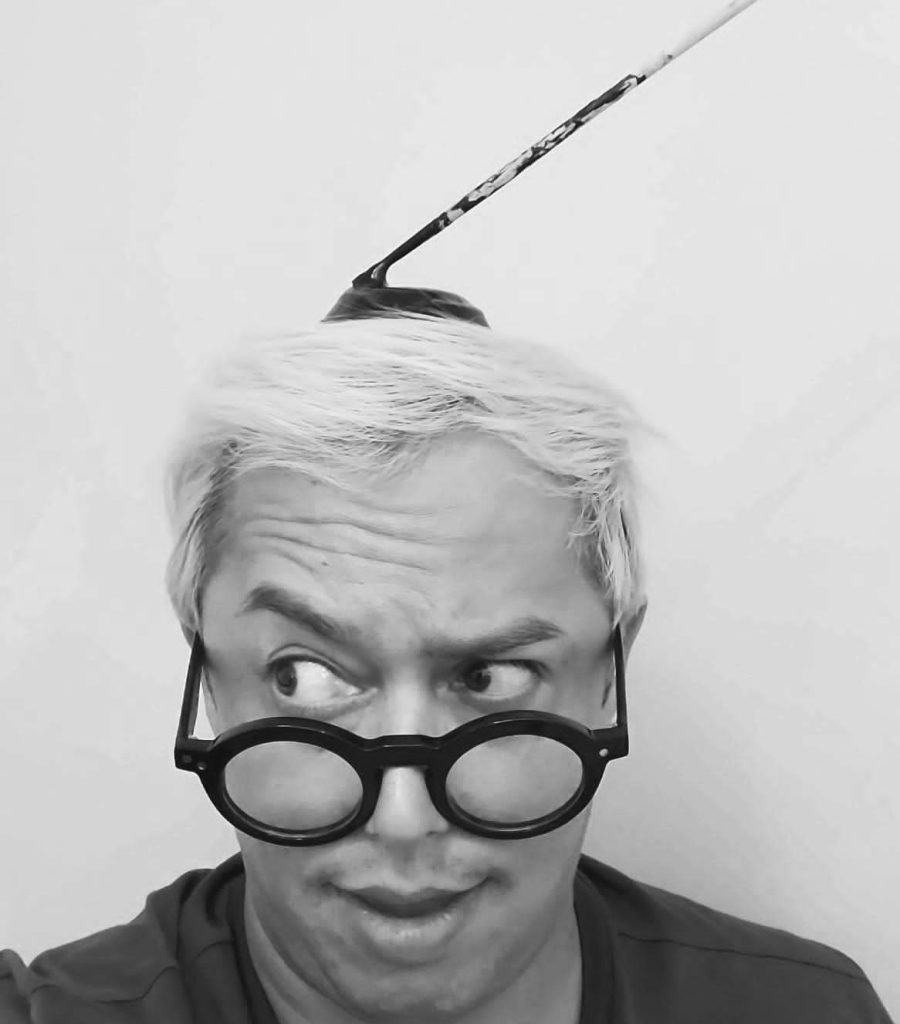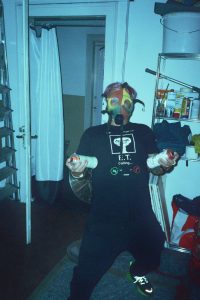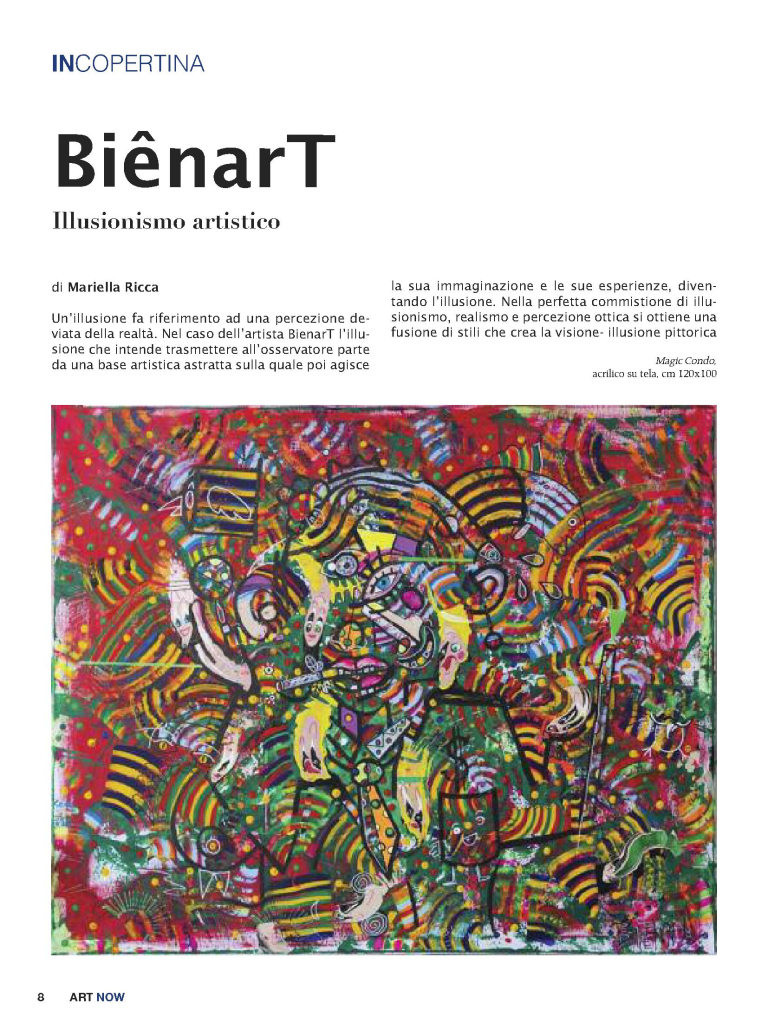«Art is like an alphabet whose letters are still partly unknown.
All I want is to discover one of them and hand it down to future generations.»
«Life passes: I don’t know any war or solitude to tell as many artists did before me.
I’m just looking for some balance to help me live between reality and imagination.»
Biography
Bien Tran was born in 1984 on November the 7th in Sorengo
(Switzerland), from an Italian-Polish mother and a ChineseVietnamese father.
He spent the childhood in Gentilino, where he gradually cultivated
his passion for painting thanks to two fundamental figures:
grandfather’s Edmondo Dobrzanski, expressionist painter of the
human condition, and grandmother’s, who acted as his first muse
and pushed him to follow the artistic path.
Bien attended the school of art, where he acquired the technical and
practical bases that he needed to get consciousness of his own
work.
Despite acknowledging how important those years have been to
understand colours and shapes, Bien affirms that the main drive of
his growth and artistic progress has been and still is curiosity,
bound up with his own experiences of life: thanks to that curiosity
he knew artists and explored movements of the past, exploiting
them to shape his own experiences; moreover, thanks to an
unstoppable yearning for discovery, together with the belief that one
should never stop progressing, Bien has been able to find new
artistic concepts to fill his paintings with.
While studying, Bien devoted himself to the discovery of art in all his
shapes, although he wasn’t aware of the fundamental role it would
have had in his life. In 2006 an unexpected turning point: Bien
started persistently and repeatedly dreaming of a man, wandering
at night with a shopping cart with no apparent reason; that image
stroke him to the point that he decided to put those unconscious
sensations on a canvas.
In that period, Bien lived with the grandmother, who immediately
realized how important that moment was and allowed his grandson
to use old Dobrzanski’s atelier to continue with his work. This is
Bien conceived “Il Vagabondo” (The Tramp), the painting that signed
the real star- ting point of his artistic maturation.
“I had already painted before, but those few canvases represented a
sort of research of the self. With The Tramp… I finally found myself.”
After that first painting, Bien never stopped working on his
technique, and never left that atelier in Gentilino imbued with
passion for art. His grandmother stood by his side, he was never
too accommodating with him: “this is not as good as the first one”,
she kept saying about every new painting, just to push him forward.
And she got what she wanted!
Time going by, Bien perfected his technique and defined his own
artistic style. The principles ruling his creative process are
investigation and, most of all, risk: one need to put himself at risk to
go further, to go beyond his limits. Why should an artist stand with
Abstract, when he’s got the chance to do something new?
Abstract art is a still concept: one should not forget it, but rather use
it to go further. It is a fundamental letter of my pictorial alphabet
that I just use to build the basis of my work, a basis on which then
act imagination, experiences and illusions.

Bien’s art pieces are thus a balanced mixture of realism, illusionism
and visual perception. The use of these elements allows him to
achieve what he calls the overturning of the concept, which is the
main feature of many of his paintings. This sensation is obtained by
merging different artistic movements of the past –abstract,
naturalism, surrealism, cubism- and by using them as a starting
point to find illusion through visual perception.
Illusionism -Bien affirms- is the one thing, besides emotion, that an
artist develops independently from external influences. It is the one
thing the one can keep for himself. “Thanks to illusionism I can
write on my canvas, I can literally tell my story remembering the
past at the same time”.
It is then up to the observer to interpret the stories and decode the
illusions. “As far as I know, only those who are lucky enough to have
their mind free from worries, are able to find the illusion behind the
painting –says the artist– while those whose tensions are too
intense, risk to loose the most of it”.
Besides illusion, optical perception and the overturning of concepts,
one other fundamental achievement that Bien looks for while
painting is the tremble.
A painting must tremble: when I realize that my piece is starting to
move under my sight, it is in that exact moment that I stop working.
In my point of view, when a canvas trembles it means that it has
reached perfection. The truth, however, is that Bien will never feel
that way, and will never stop looking for perfection.
As he said many times, his challenge will always be to add elements
and concepts to his technique, to progress in his art and go beyond
his limits, in a journey among past, present and future, continuously
looking for different concepts and new illusions.







